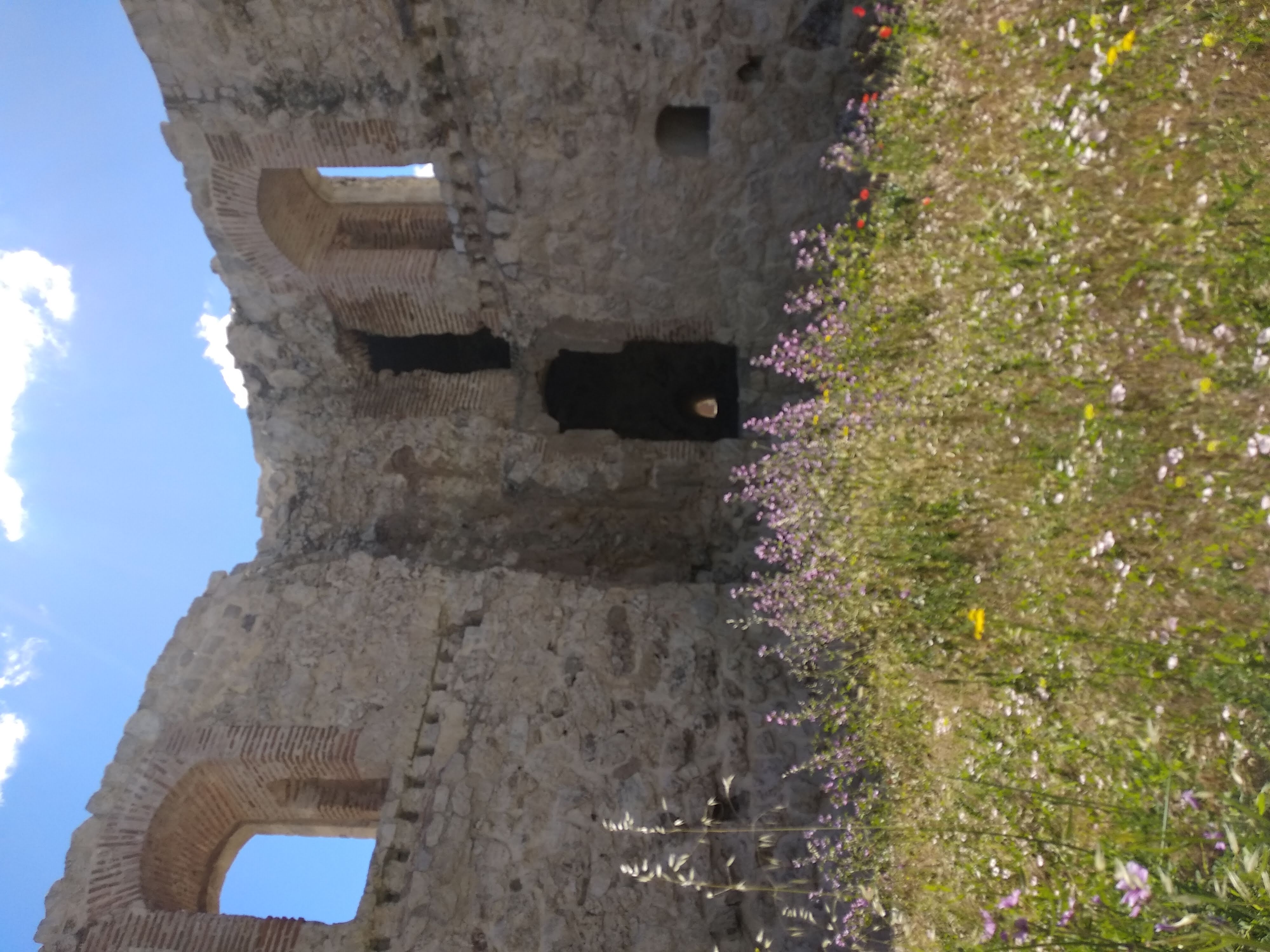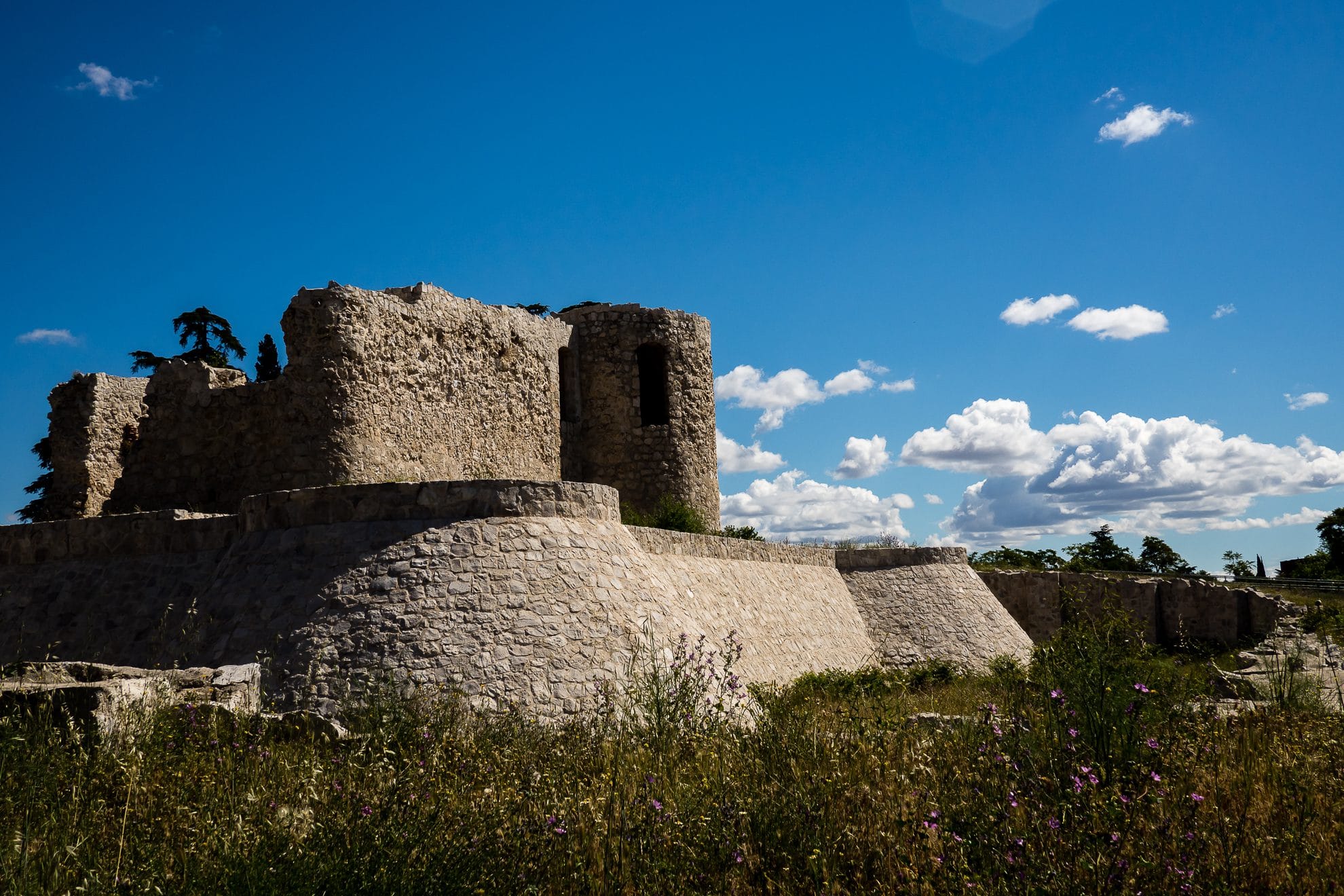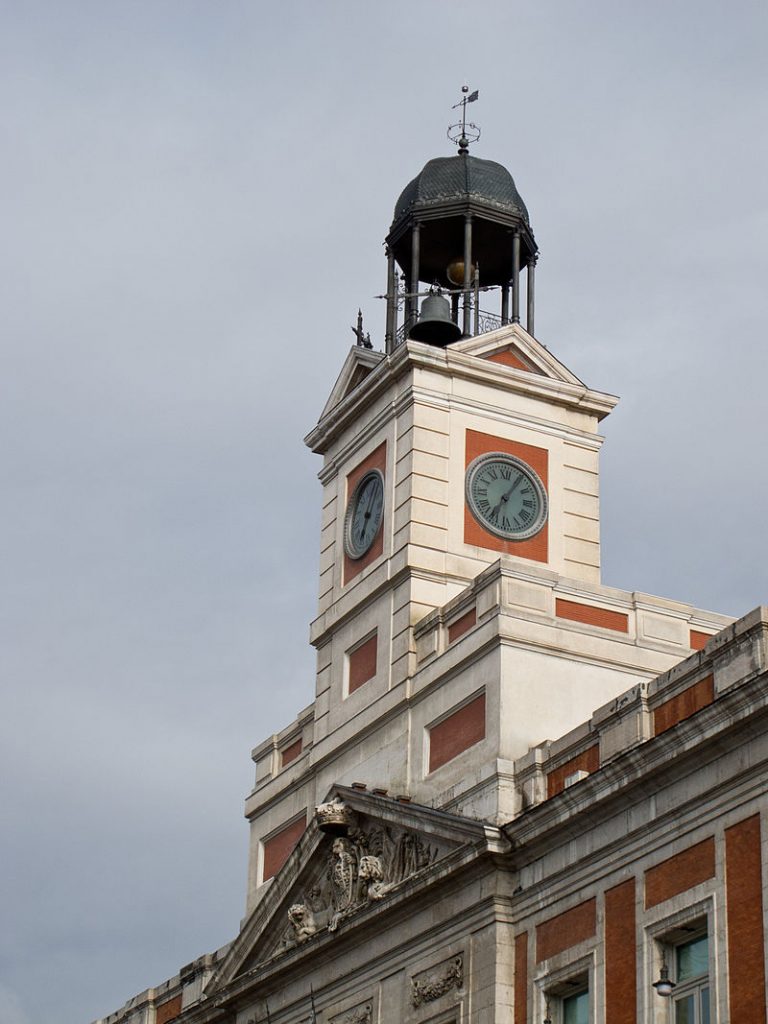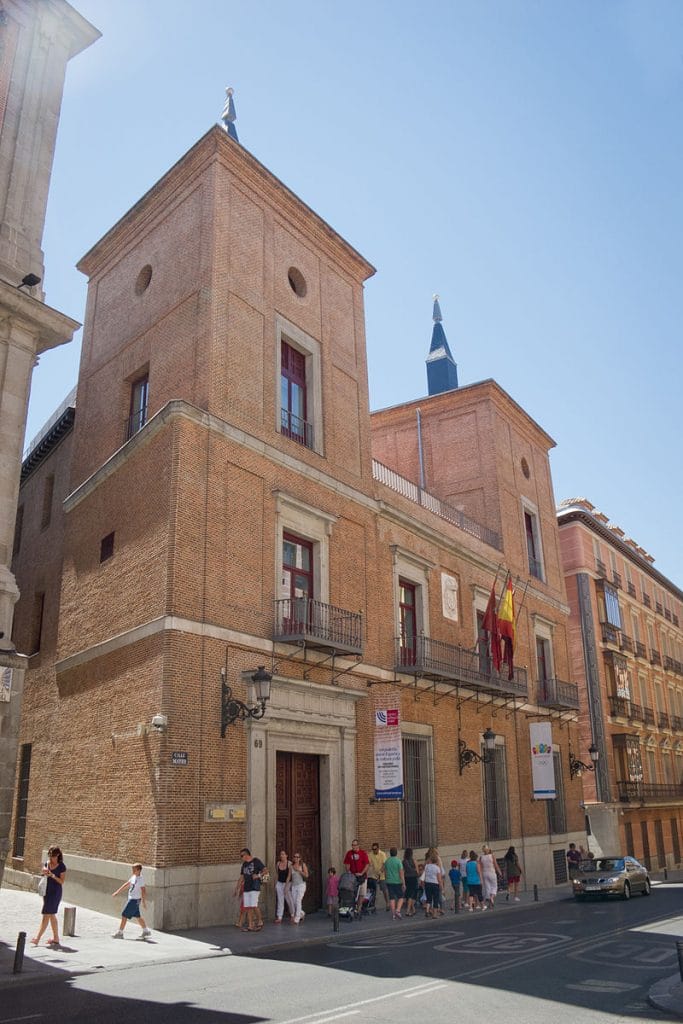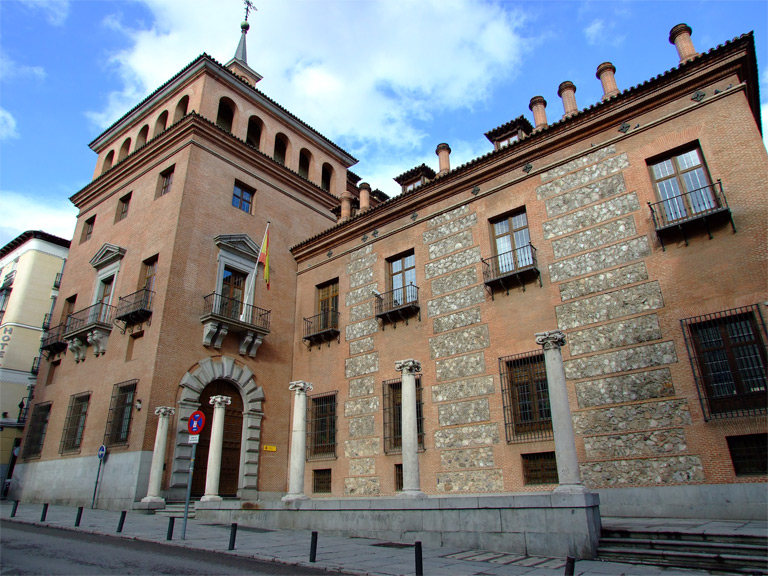In central Madrid little remains of the city’s medieval past. Very soon after Philip II moved the court to the town in the 16th century, its walls were knocked down and remade to accommodate a larger populace, while all over, new buildings went up with scant regard for what had been there before. While tiny windows into Madrid’s past can be found in places like the Plaza de Ramales where an Arabic well has been uncovered by archaeologists and put on display under glass, there is very little left behind for the imagination to work with besides the 15th century Casa de los Lujanes or the 16th century Bishop’s Chapel in the Plaza de Paja.
Perhaps the worst loss of all was the Alcazar, the original fortress built by Muhammad I of Cordoba in the mid-9th century. Though the fort survived to be converted into a royal palace during Philip I’s rule, it sadly went up in flames on Christmas Eve 1734. It’s rumoured that the Bourbon king, Philip V, may have ordered the destruction of this building, a structure he regarded as being a dour eyesore, before commissioning a Baroque Christmas cake of a palace to stand in its place.
What a treat it was for me then to visit the 15th century Castle of Alameda up in the north of Madrid last Sunday! Though this is not an Arabic fortress, but a Christian one, it nevertheless gives the visitor an idea of what the citadel of Madrid might once have looked like. Just like the Alcazar, it was made from irregular blocks of flint bonded together with a mortar of lime.
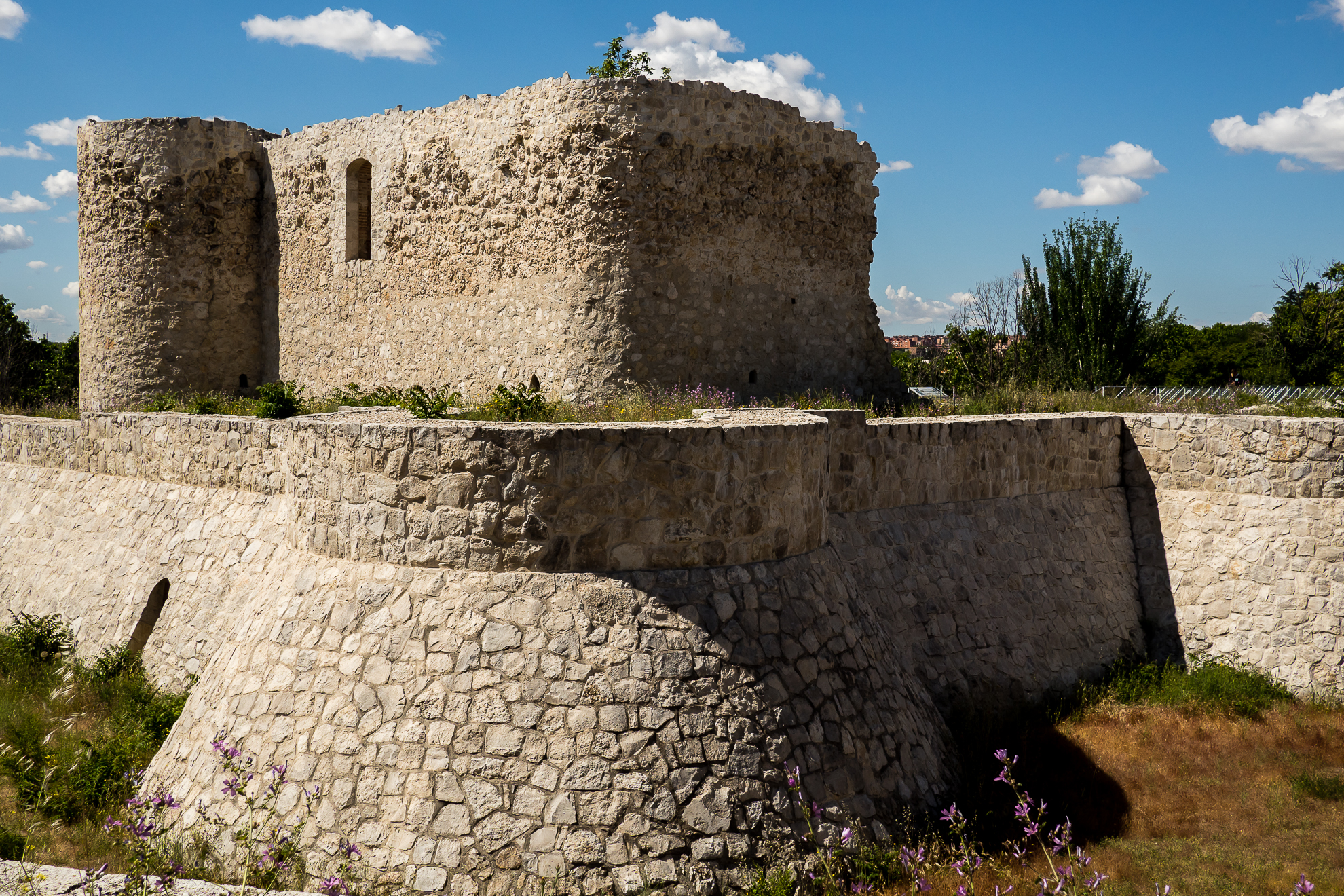
Part of the motto of Madrid is “mis muros de fuego son” that is, “my walls are of fire”, a reference to the fact that when attacked, the flint wall would spark under showers of arrows. Hard to imagine when looking at what remains of the Arabic wall at Cuesta de la Vega, but easy when you visit the Castle of Alameda. Madrid sits at the centre of a huge raised plateau called the meseta central that stands at around 660 metres above sea level, making the capital the second highest in Europe after Andorra. Around this area, the meseta is largely composed of flint, which made this rock an easy choice for kings wanting to build fortresses.
Built between 1431 and 1476 for Diego Hurtado de Mendoza, Alameda castle is well defended with an impressive moat and towers, but was converted into a Renaissance palace in 1575 for the Zapata family. The addition of windows brought light into the dark interiors, while the moat was converted into a garden. Sadly this palace was abandoned after a fire in 1697 and little by little the locals began to make off with the castle’s stones. The worst of the plunderers were the Duques de Osuna who had a ton of masonry dragged away to help build the nearby Parque de El Capricho in 1787.
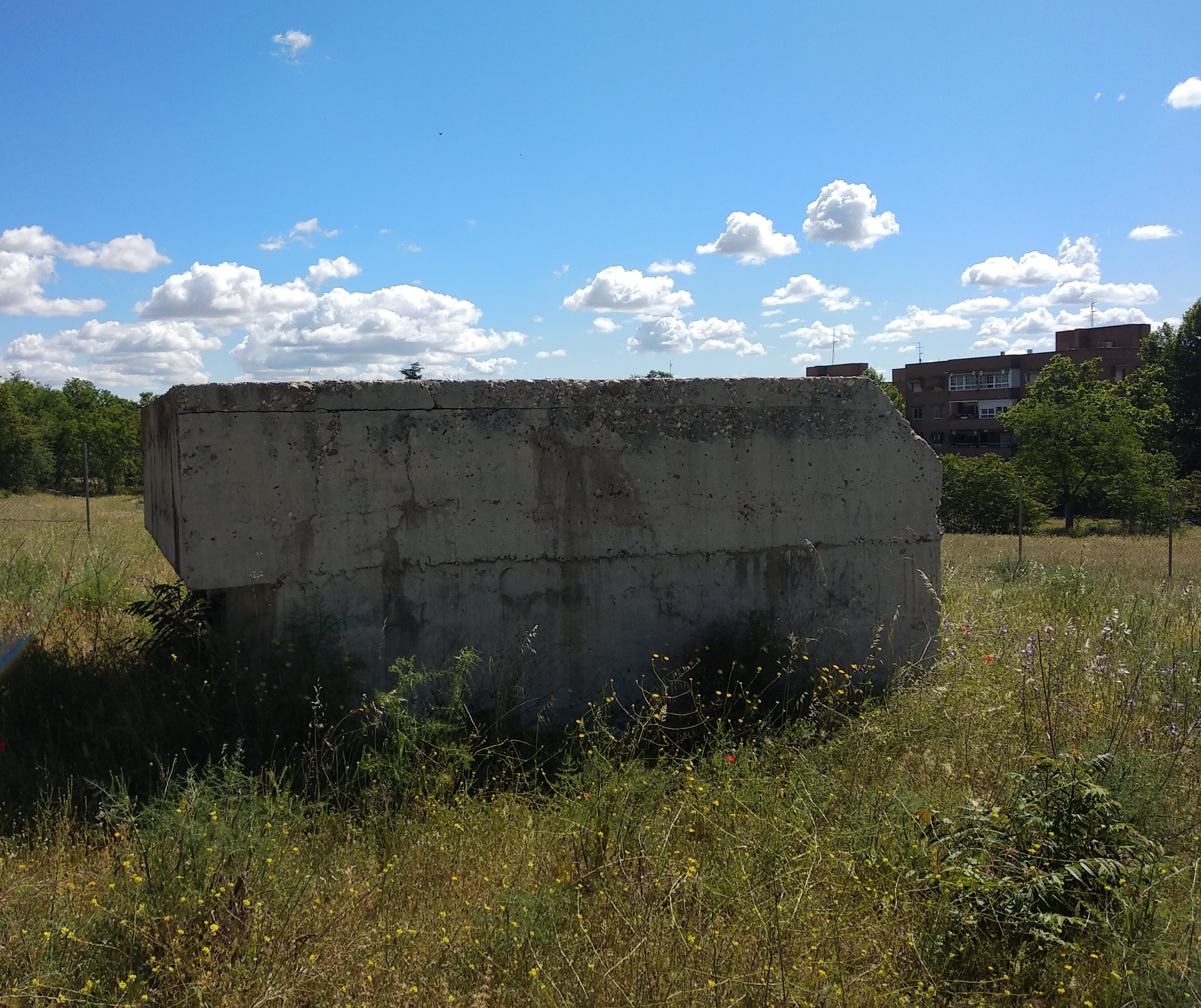
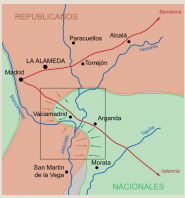
The castle sat silently crumbling until Spain was rocked by the violence of the Civil War. Located right on the Jarama front, it was used by Republican forces to defend the city from Franco’s troops (for more on the siege of Madrid, check out this previous post). A concrete machine gun turret still remains, a grim reminder of relatively recent violent upheavals, albeit now one surrounded by beautiful wild flowers.
If you enjoyed this post and would like to find out more about the history of Madrid, why not book yourself in for a unique walking tour of the city?
If you do make the trek out to visit the castle, I recommend you go on a weekend and send some time in the gorgeous Parque de El Capricho which is a short walk away.
Nearest metro Alameda de Osuna.
